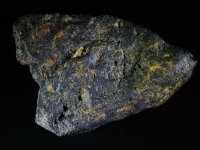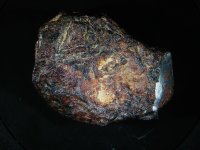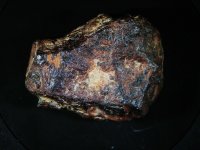12divenoro
Newbie
- Oct 11, 2024
- 1
- 1
2 meteorites?
roughly 5cm in diameter each
.
Extremely magnetic found in the desert Saudi Arabia,
both are positive to the nickel test.
Both are have a strong metallic shine when cut.
Very dense.
One of the meteorites looks like it has olivine veins in it. Are these meteorites and if so what type? Could they be man made?
roughly 5cm in diameter each
.
Extremely magnetic found in the desert Saudi Arabia,
both are positive to the nickel test.
Both are have a strong metallic shine when cut.
Very dense.
One of the meteorites looks like it has olivine veins in it. Are these meteorites and if so what type? Could they be man made?








